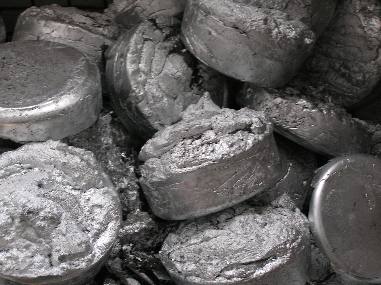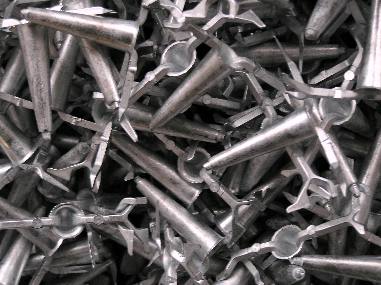Hrönir
- 8 channel tape music
- Duration: 15:10
- 2009, home studio
Program notes
Centuries and centuries of idealism have not failed to influence reality. In the most ancient region of Tlön, the duplication of lost objects is not infrequent. Two persons look for a pencil; the first finds it and says nothing; the second finds a second pencil, no less real, but closer to his expectation. These secondary objects are called hrönir ... Until recently, the hrönir were the accidental products of distraction and forgetfulness ... (now however) the methodical fabrication of hrönir ... has performed prodigious services for archaeologists. It has made possible the interrogation and even the modification of the past, which is now no less plastic and docile than the future.
Jorge Luis Borges (from: Tlön, Uqbar, Orbis Tertius, in Ficciones)
media
 |
 |
| die casting materials | die casted products |
stereo downmix:
Realization notes
Throughout the piece all sounds are derived from basic sound materials which were taken from a recording of die-casting machines in a little factory hall, which I made some years ago at an old school friend's invitation. Referring to the short story by Borges I was looking for single sound events within the noise texture of the machinery in order to work with them and to find - by listening - inside them new ones, better ones, different ones. No objets trouvés but objets cherchés.
The sound processings comprise resonance filtering, various manipulations of FFT data in the spectral domain (spectral gating, shifting, inversion, components scrambling etc.) as well as a number of algorithmic controlled playback methods of the recorded sounds. Many of the algorithmic processes are made with SuperCollider3, others were done with the "long-time" FFT processor Mammut by the NOTAM. Finally all processed and some of the original sounds were arranged and mixed in Nuendo.